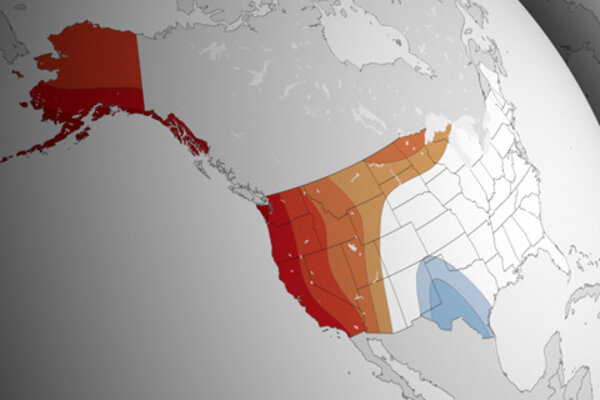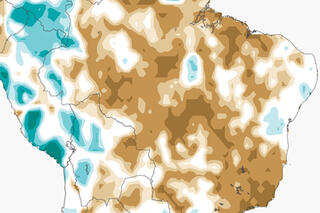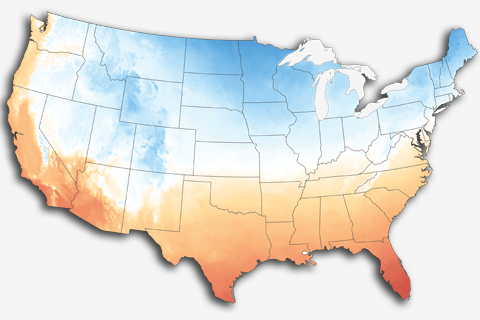
The United States has plenty of warming wiggle room before it gets too warm to snow, and a wetter atmosphere may boost snow totals for some storms.
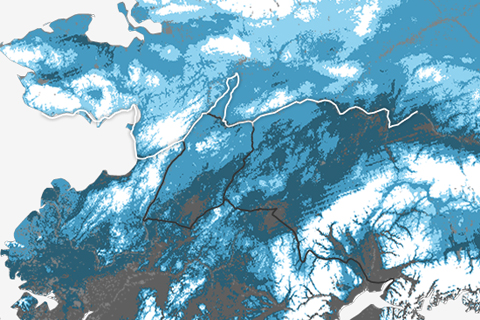
A map of snow depth across Alaska on March 9 shows the reason for the re-route of the historic sled dog race.

This pair of maps shows whether your state tends to have wet, dry, or average springs during El Niño, and how often the wet or dry pattern occurred during the last 10 El Niño years.

After a surprisingly rough summer for coral reefs in 2014, NOAA scientists are warning that warm ocean temperatures in the tropical Pacific and Indian Oceans could set the stage for a global outbreak of coral bleaching—the loss of corals’ food-producing algae—in 2015.
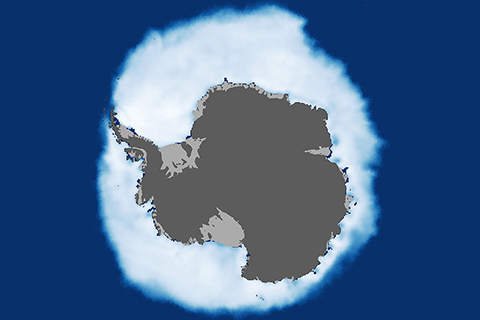
NASA ice expert Claire Parkinson confirms that global sea ice coverage has continued its overall downward trend since her original analysis was published in 2015.
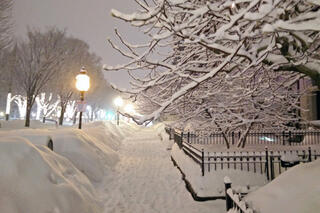
Winter can’t quite quit New England, won’t give the West a second glance
February 24, 2015
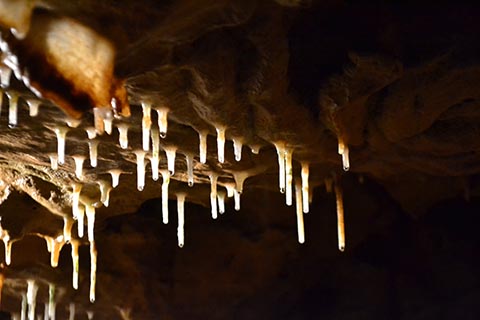
One of nature’s truly awe-inspiring creations, caves and the unique rock formations inside them are not only breathtaking but are also natural recorders of climate.
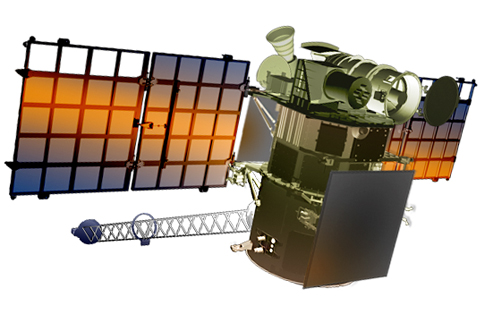
In addition to its primary mission of observing space weather, the Deep Space Climate Observatory (DSCOVR) satellite is carrying two instruments that are important to climate science: the NISTAR radiometer and the EPIC camera.
